

Waterline is an ongoing series that explores the solutions making rivers, waterways and ocean food chains healthier. It is funded by a grant from the Walton Family Foundation.
On a corner of one Fulton Farm field in Saunemin, Illinois, a small green wetland is a crossroads for local wildlife. James Fulton, whose family has farmed in this town since 1893, has seen a nesting pair of ducks, egrets and redwing blackbirds among the tall grasses and reeds. The last time he stopped by, deer tracks crisscrossed the soft ground. A heron took off and perched in a nearby cottonwood, watching the humans below.
“It is pretty interesting to go out and see what’s going on out there,” Fulton says. “I check it every time I go by that field.”
Until five years ago, this corner was farmed as part of the surrounding field, hosting a rotation of crops like soy and corn in the midst of one of the most productive agricultural regions in the country.
On fields, fertilizer components like nitrogen and phosphorus help to spur crop growth. But as water runs off farmland, it carries leftover nutrients downstream, where it can contribute to major environmental problems. Excess nitrogen can threaten safe drinking water. Nutrients also disrupt ecosystems, contributing to unpleasant and harmful algal blooms, which can kill off aquatic life. Runoff from farmland high in the Mississippi River watershed, including Illinois, fuels an annual summer “dead zone” in the Gulf of Mexico that, at its peak, measured 8,776 square miles.
Amid efforts to curtail excess nutrients in the planet’s water, wetlands are proving to be nature-based heroes for improving water quality. While some efforts focus on large-scale restoration projects, research finds that even small, carefully planned, constructed wetlands, like the one on Fulton’s field, can make a critical difference.
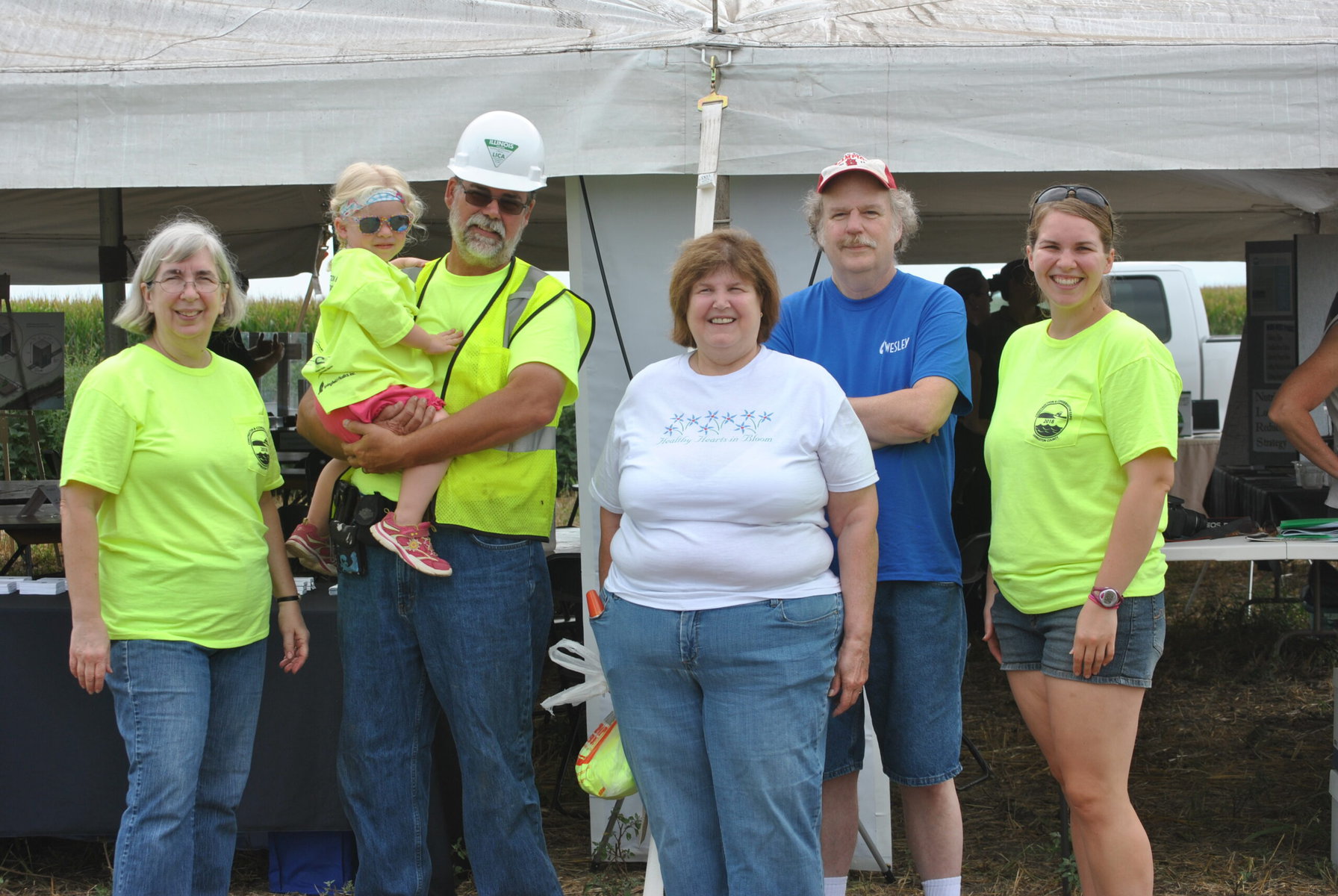
“Nature does this naturally,” says Jill Kostel, senior environmental engineer for the Wetlands Initiative, who led the constructed wetland project on Fulton’s farm. “We’re just trying to give it, in terms of the design, the optimal conditions to do what it does best.”
Stewardship is important to Fulton, whose great-grandfather bought the family farm. When the fourth-generation farmer learned about the Wetlands Initiative’s Smart Wetland program, which installs small constructed wetlands to treat agricultural runoff, he decided it was worth taking a small section of land out of production on a field his family had acquired more recently.
Nitrogen and phosphorus occur naturally in the environment, but both nutrients are now flowing into watersheds at much higher rates because of human activities. Worldwide, humans add twice as much nitrogen to the environment as natural processes. Common sources include sewage, the burning of fossil fuels, and stormwater running off surfaces in cities and towns. Agriculture is a major contributor of both nutrients, which appear in fertilizers and in livestock waste. The consequences can show up downstream, where nutrients accumulate in bodies of water such as reservoirs, lakes and the ocean.
“As soon as you stop flow, you start seeing algal problems, taste and odor problems,” says Maria Lemke, director of conservation science for The Nature Conservancy in Illinois.
Weighed down by negative news?
Our smart, bright, weekly newsletter is the uplift you’ve been looking for.A common consequence is harmful algal blooms. Excess nutrients provide a feast for algae, causing them to reproduce and spread very quickly. The blooms block light that aquatic plants need in order to grow, and when algae and other organisms die and sink to the bottom, the decomposition process uses up oxygen in the water. This creates what are known as hypoxic zones, or “dead zones,” where the oxygen levels are so low that aquatic animals and plants can’t survive.
Phytoplankton blooms increased by 13 percent on coasts around the world between 2003 and 2020, the result of many contributors, including fertilizers in runoff and pollution. Climate change also makes dead zones around the world more common. A 2018 study found that over the last century oxygen levels in the Baltic Sea, in northern Europe, reached the lowest level in 1,500 years, a development scientists linked to nutrients from sewage and agriculture. This year, scientists measured the dead zone in the Gulf of Mexico at 3,058 square miles — smaller than predicted, yet still larger than the state of Delaware.
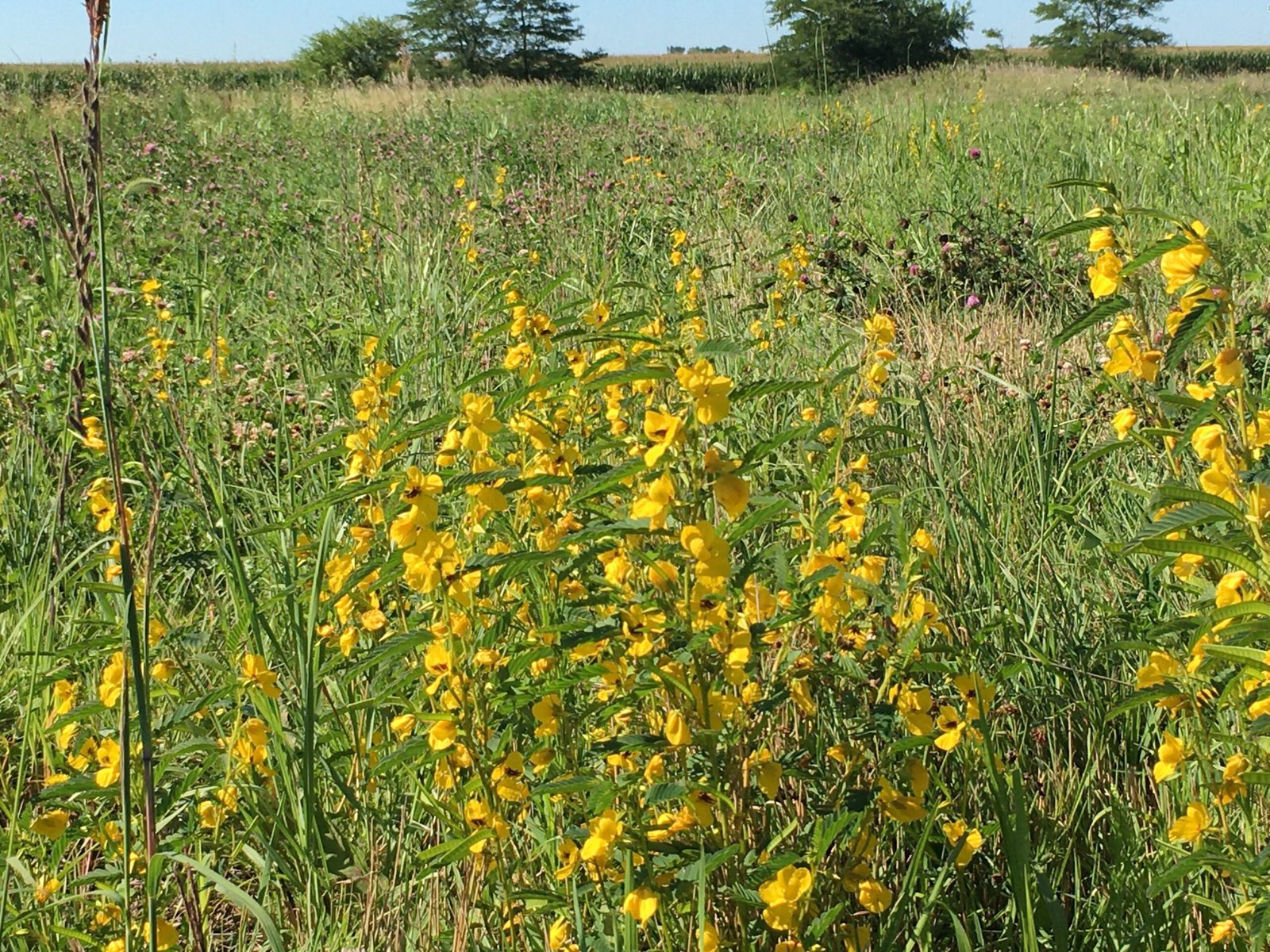
Land-locked Illinois’ agricultural heart is more than 600 miles away from the Gulf Coast, yet the state is one of the top contributors to the hypoxia zone. One reason, explains Lemke, is a particular type of drainage system, called “tile drainage,” used widely in parts of Illinois and Iowa. Naturally, much of this area was once marshy. In the early 20th century, farmers dried out the land by installing networks of underground pipes made from clay (the origin of the name “tile drainage”) that siphon excess water away. The systems, now usually made of plastic, keep the earth dry and productive. But the pipes dump water directly into rivers, bypassing above-ground efforts to capture nutrients.
Most of the region’s native wetland habitat is now long gone. But that type of habitat, it turns out, is very good for water quality — particularly for addressing nitrogen, the main concern in the Midwest. Certain microbes in the bottom of wetlands convert nitrates in water into nitrogen gas, a major component of the earth’s atmosphere. Unlike nitrogen, phosphorus can’t be converted into another form, but wetlands can “store” certain amounts as it binds to sediment. Plus, wetlands offer a host of other environmental benefits, including attracting biodiversity and mitigating flooding downstream by giving water space to spread out.
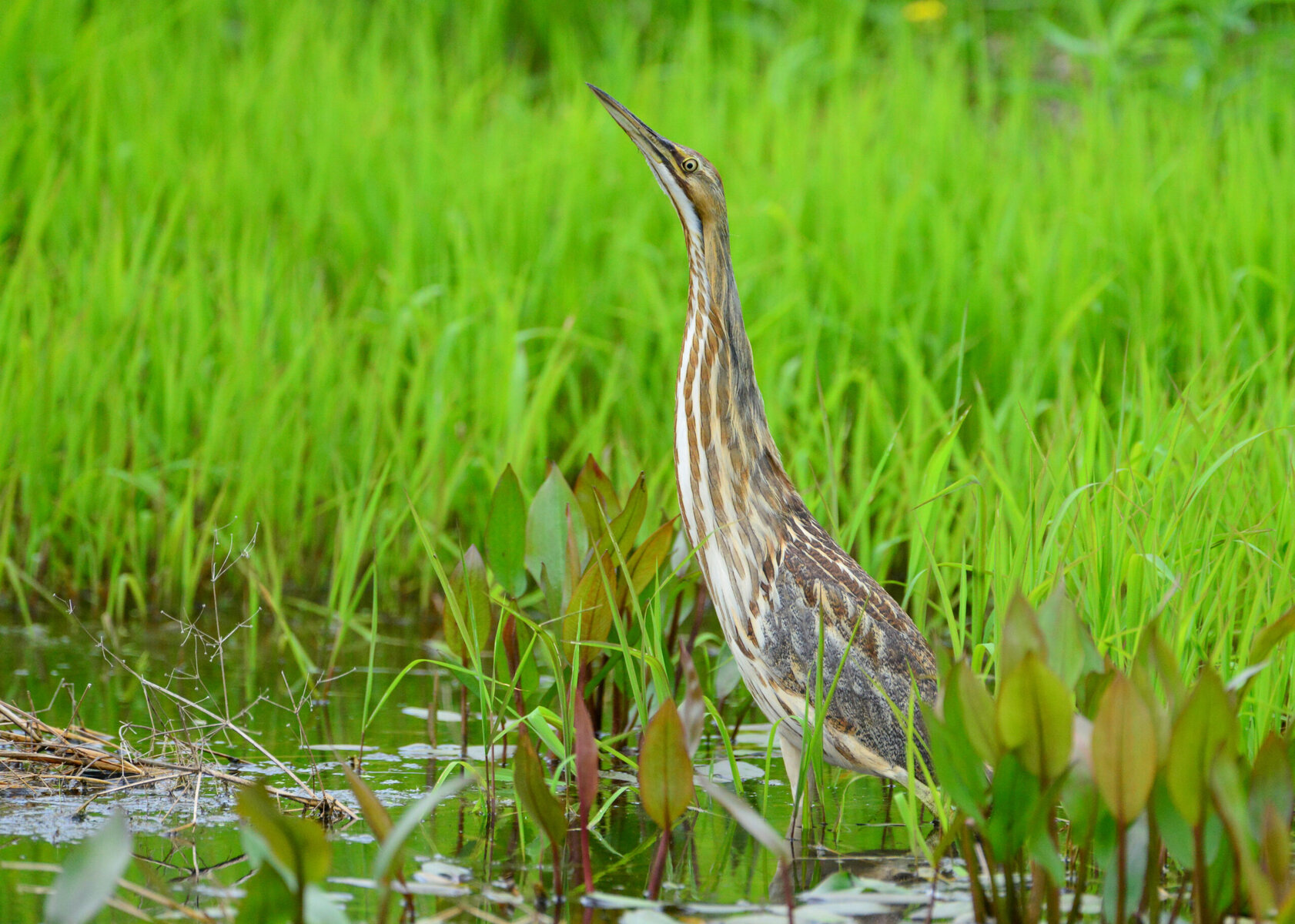
Large-scale wetland restorations convert whole farm fields into riparian habitat. But groups like the Wetlands Initiative and The Nature Conservancy are also leveraging small-scale, specially designed wetlands — like the one on the Fulton Farm — to intercept water as it comes out of underground drainage pipes, before it flows downstream.
In 2005, the Nature Conservancy built a series of wetlands on a farm in the Mackinaw River watershed in southern Illinois. Over the course of 12 years, they found that a wetland 6 percent the size of the total area that is on the tile drainage system could filter almost 50 percent of nitrate that entered the wetland. Even a wetland just 3 percent of the total drainage area captured up to 38 percent. The wetlands also captured more than half the phosphorus that came through, though Lemke says the effectiveness can vary based on the type of soil, and the rate may slow over time.
To date, The Nature Conservancy has put in about 20 example constructed wetlands on farms in southern Illinois. Ranging in size from a quarter to a full acre, these little wild patches contrast with the orderly croplands that surround them, with tufts of tall grasses and impressionistic palettes of green and brown. Cattails move into new projects quickly, while clumps of spikey-stalked rushes settle on the edge. Aquatic plants like pondweed spread on the water’s surface. Blue flag iris, with their striking purple blooms, sometimes appear. Aside from occasional maintenance, like weeding out aggressive species, constructed wetlands don’t need much attention.
The Wetlands Initiative, an independent organization which at times collaborates with The Nature Conservancy, has built six so far, with more on the way. While some projects retrofit a wetland into an existing drainage system, the organization encourages incorporating them — or at least planning space for them — when landowners are replacing or installing new tile systems, explains Kostel.
Their goal, Kostel says, is for wetlands to “become a normal part of the working farm landscape.”
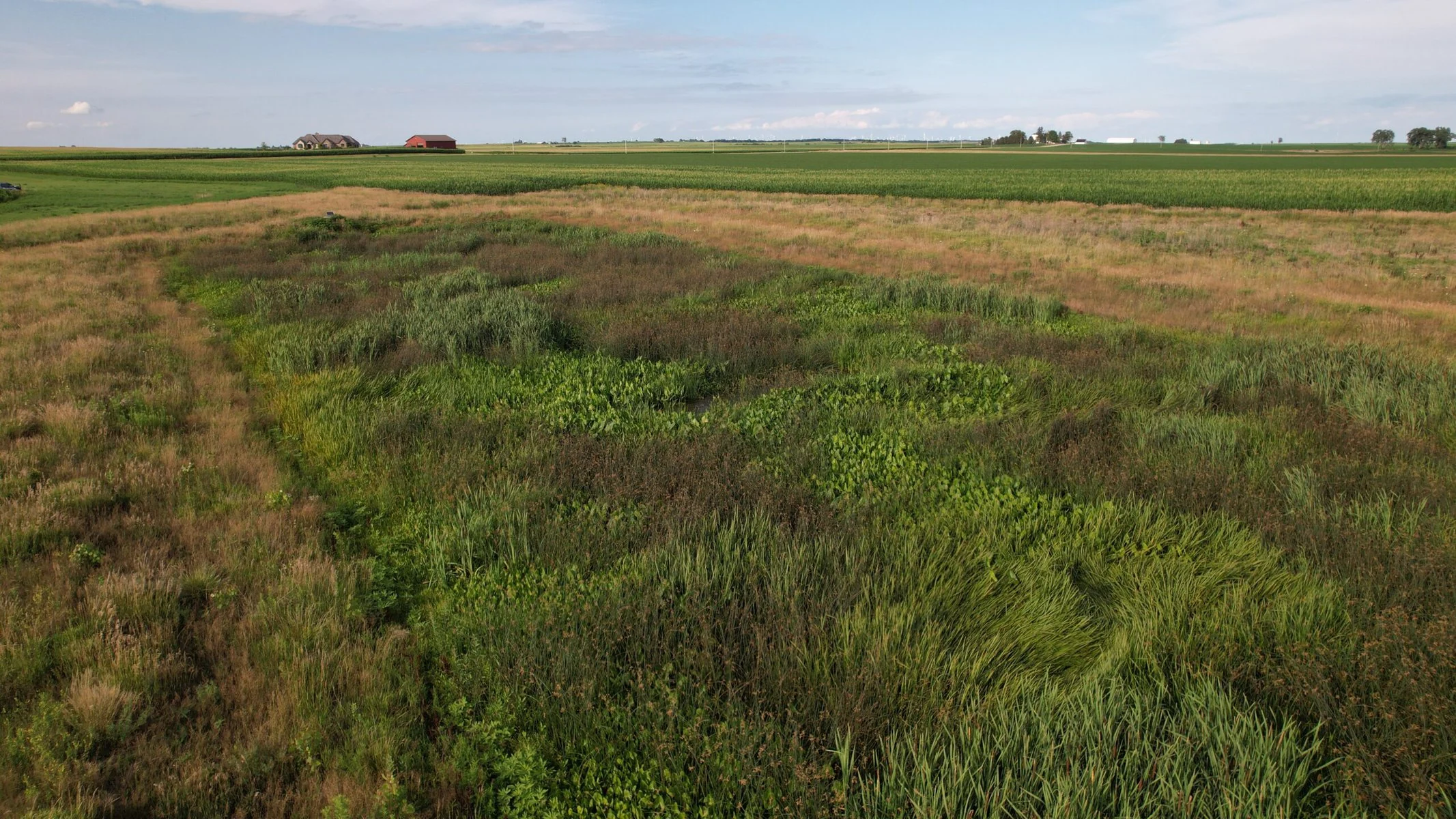
There are a lot of logistical hurdles. The projects are expensive. With excavation, the Wetlands Initiative’s projects range from $30,000 to $80,000. The organization covers the cost, using government programs and grant funding. Many farmers lease the land they work, so decisions aren’t solely up to them. Still, despite the hurdles for farmers and landowners, some decide it’s worth it. The Wetlands Initiative worked with farmer Rex Newton on a field he farms as a tenant and the landowner. The wetland, built two years ago, is positioned so it’s connected with grassy strips that already lined the field, and is out of the way.
“The way they planned it, it’s no problem at all,” Newton says. “Just nice to look at it while I’m farming in that area.”
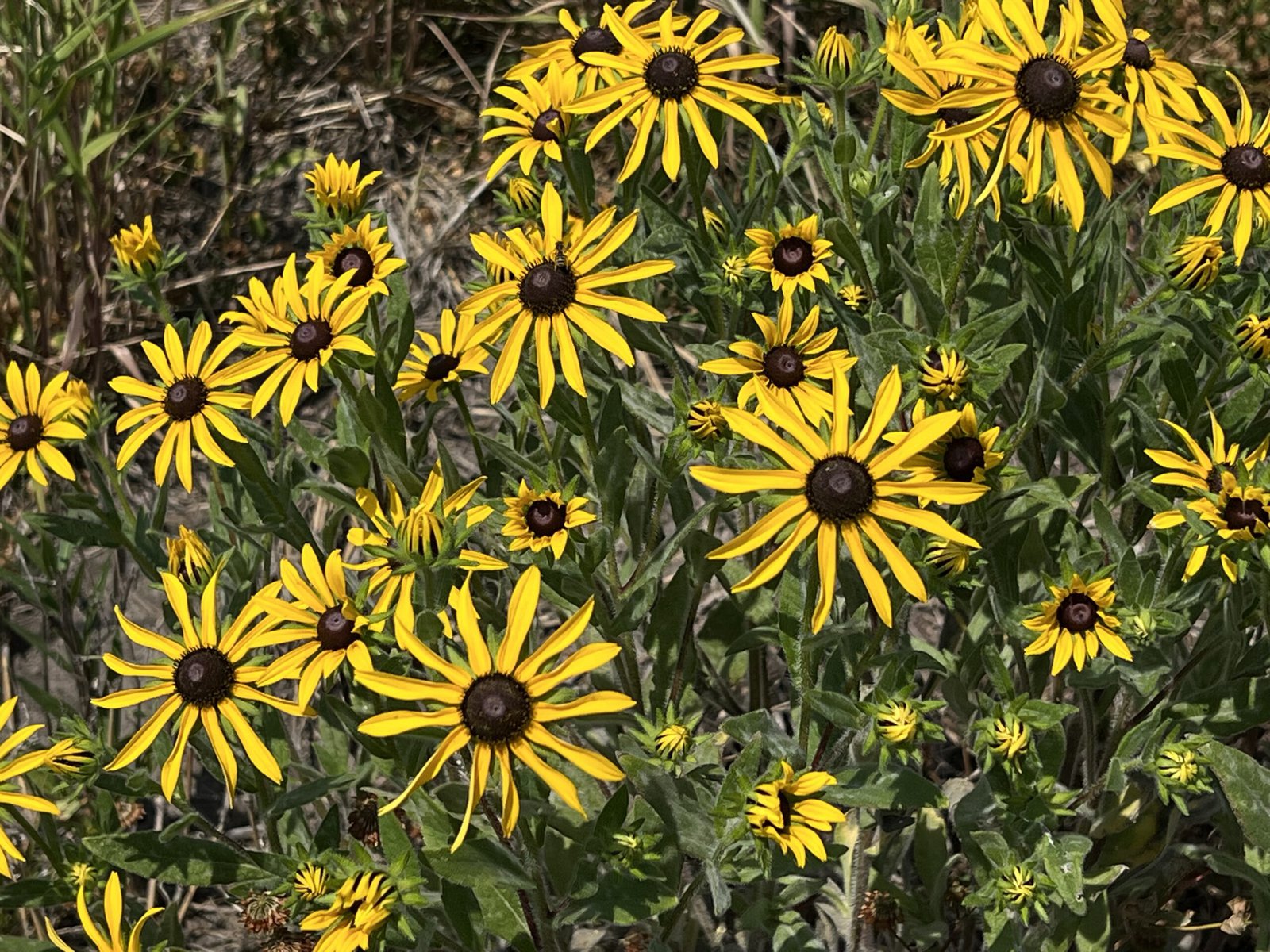
Constructed wetlands are only one of many strategies aiming to cut the nutrients flowing through the Mississippi River basin. Illinois is one of 12 states represented in a task force, formed in the 1990s, with the goal of mitigating the dead zone in the Gulf of Mexico — an effort that involves municipal wastewater, stormwater, agriculture and many other sources of nutrients.
In 2015, Illinois set a long term target to cut nutrient loss by 45 percent, and an interim target of a 15 percent reduction in nitrate by 2025. Yet the last estimate, published in 2021, found nitrate levels were up 13 percent and phosphorus up by 35 percent.
Still, there are signs of progress, according to Gregory McIsaac, University of Illinois professor emeritus, who helped draft the state’s nutrient loss reduction strategy. Rivers in the central part of the state, where there is a lot of tile drainage, are showing signs of lower nitrogen loads, according to McIsaac. He believes that likely reflects that fertilizer use is better aligned with the needs of crops. Basically, more fertilizer is going into corn, and less is ending up in rivers.
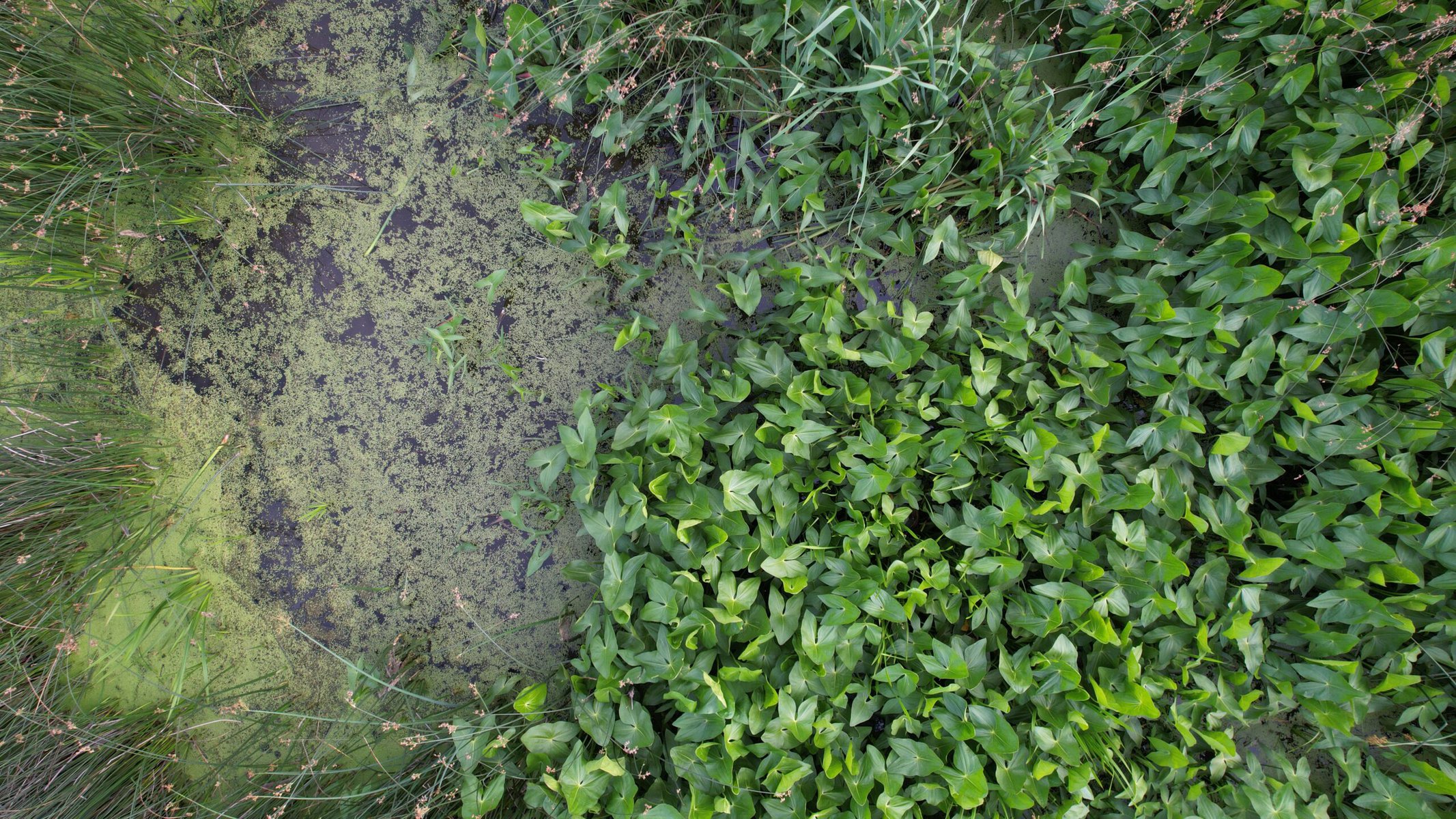
Constructed wetlands can be a tool to help address nutrient loss, as well as larger restored wetland projects. While some farmers have converted land to wetlands, so far, McIsaac doesn’t think the practice is widespread enough to be making a big contribution. Even as research going back to the 1990s shows wetlands work, and there is some state and federal funding available, many landowners and farmers aren’t interested. Land is expensive, and farmers are reluctant to convert it.
John Swanson, the water resources supervisor for Polk County in Iowa, understands farmers’ hesitation to install projects on their land to filter out nutrients.
“There is no benefit to the landowner or the farmer,” he says. “It’s truly just doing it because it’s the right thing to do.”
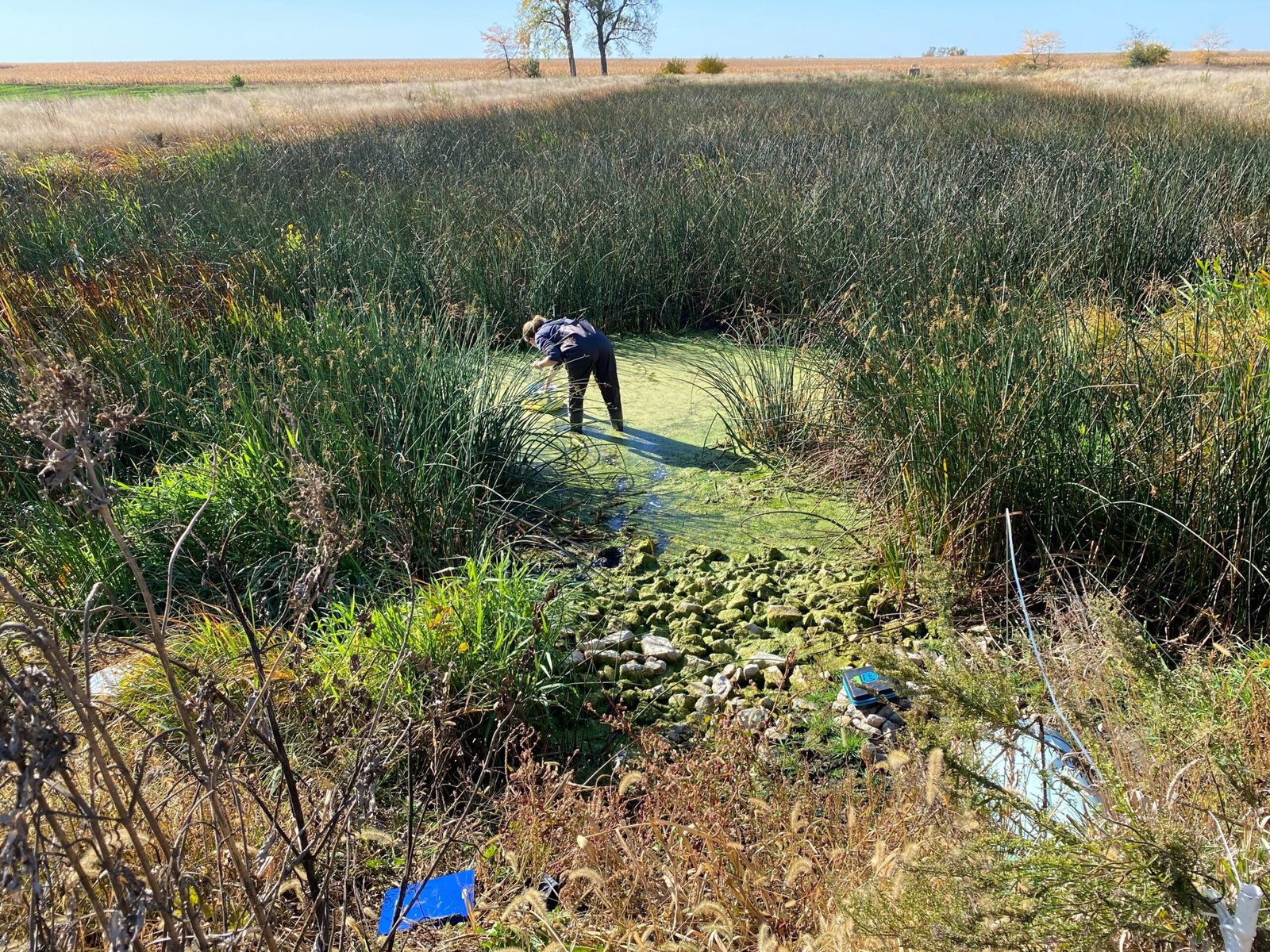
Swanson’s team has worked a lot with two nutrient-filtering alternatives to constructed wetlands — bioreactors and saturated buffers. At first, it was very hard to get farmers to participate; the process took up a lot of farmers’ time, and required them to front the cost, even if government programs would eventually pay them back.
So Swanson’s team came up with the “Batch and Build” strategy to install bioreactors and saturated buffers. The county government targeted specific locations then approached all the landowners in the area, handling the planning and permitting. Landowners even get $1,000 temporary easement payments per project. In just a year and a half, the Polk County team installed twice as many filtration practices as the entire state had in the previous decade, Swanson says.
“It’s a major decision for that farmer or landowner,” he says. “You’re changing the entire dynamic of a part of their farm.”
Still, in the nine months since Polk County started working on constructed agricultural wetlands, they’ve seen interest. Four projects are already in advanced design stages, and another seven are in preliminary design. Swanson expects it will take at least two years to realize these wetlands, which are between 0.5 and 2 percent of the total land area that is being drained. These projects range between five and 40 acres, some planned for areas that cross multiple landowners’ property.
In Swanson’s view, constructed wetlands are “the best of the best” for addressing water quality. Iowa is the most environmentally altered state in the country. Once, more than a tenth of the state’s area was wetland. Today, almost 95 percent of that has been drained. Beyond improving water quality, constructed wetlands can bring back the habitat that has become very rare, and support wildlife like birds and bees.
“They’re like nature’s healer,” he says.
Photos and video in this story are courtesy of the Wetlands Initiative and Jackie Kraft and Tim Lindenbaum (via The Nature Conservancy).


